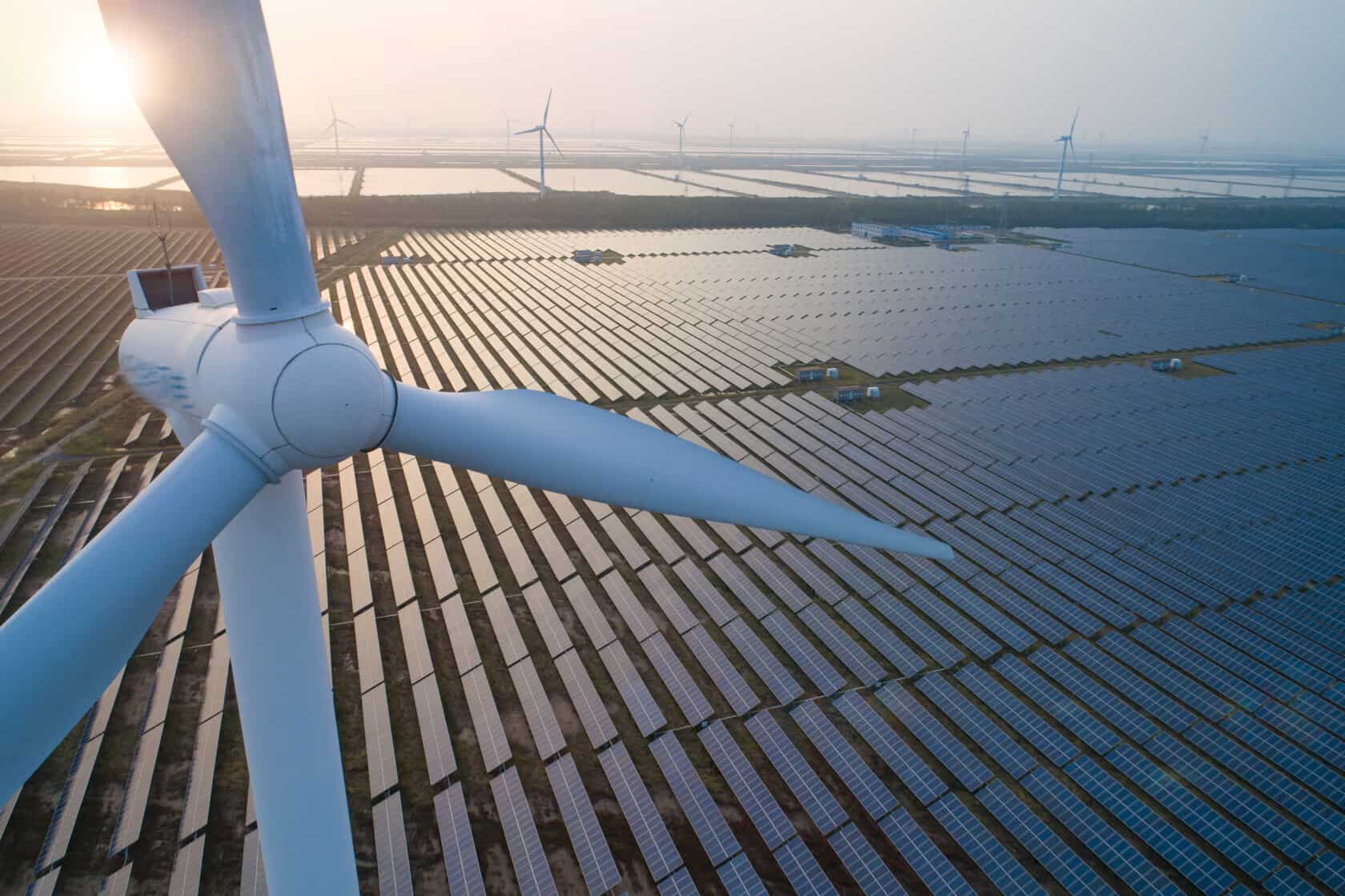November 11, 2025
Deals and Wins
Foley Represents KeyBank as Sole Lender in $75M Lightshift Energy Project Finance Facility
Foley & Lardner LLP served as legal advisor to KeyBanc Capital Markets, the corporate and investment banking arm of Cleveland based KeyCorp, for the $75 million credit facility to support Lightshift Energy’s expanding fleet of battery projects.
